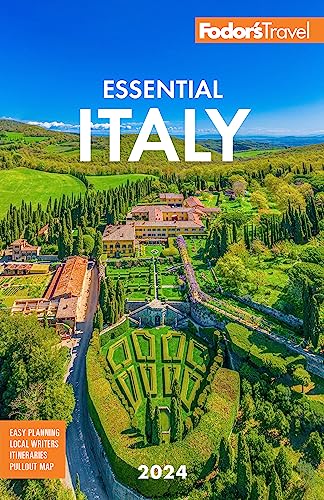Emilia-Romagna Through the Ages
Ancient History. Emilia-Romagna owes its beginnings to a road. In 187 BC the Romans built the Via Aemilia—a long road running northwest from the Adriatic port of Rimini to the central garrison town of Piacenza—and it was along this central spine that the primary towns of the region developed.
Despite the unifying factor of what came to be known as the Via Emilia, this section of Italy has had a fragmented history. Its eastern part, roughly the area from Faenza to the coast (known as Romagna), looked first to the Byzantine east and then to Rome for art, political power, and, some say, national character. The western part, from Bologna to Piacenza (Emilia), looked more to the north with its practice of self-government and dissent.
Bologna was founded by the Etruscans and eventually came under the influence of the Roman Empire. The Romans established a garrison here, renaming the old Etruscan settlement Bononia. It was after the fall of Rome that the region began its fragmentation. Romagna, centered in Ravenna, was ruled from Constantinople. Ravenna eventually became the capital of the empire in the west in the 5th century, passing to papal control in the 8th century. Even today, the city is filled with reminders of two centuries of Byzantine rule.
Family Ties. The other cities of the region, from the Middle Ages on, became the fiefdoms of important noble families—the Este in Ferrara and Modena, the Pallavicini in Piacenza, and the Bentivoglio in Bologna. Today all these cities bear the marks of their noble patrons. When in the 16th century the papacy managed to exert its power over the entire area, some of these cities were divided among the papal families—hence the stamp of the Farnese family on Parma and Piacenza.
A Leftward Tilt. Emilia-Romagna (and Bologna, in particular) has an established and robust tradition of rebellion and dissent. The Italian socialist movement was born in this region, as was Benito Mussolini. In keeping with the political climate of his home state, he was a firebrand socialist during the early part of his career. Despite having Mussolini as a native son, Emilia-Romagna didn't take to Fascism: it was here that the anti-Fascist resistance was born, and during World War II the region suffered terribly at the hands of the Fascists and the Nazis.




